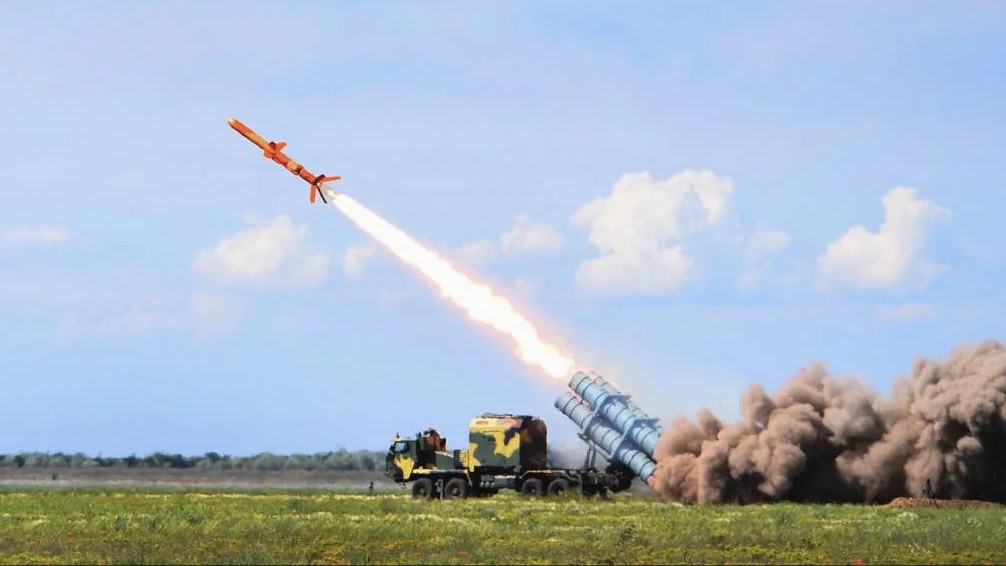IAF Pushes for 1.1-Ton SWiFT Stealth Drone to Revolutionize Aerial Warfare

The Indian Air Force (IAF) is pushing the boundaries of unmanned aerial technology with the SWiFT (Stealth Wing Flying Testbed) program, aimed at creating a stealthy, highly adaptable drone to operate seamlessly in contested airspace. As air defense systems grow increasingly sophisticated, traditional UAVs, which can be easily tracked and engaged, are no longer sufficient. The SWiFT project addresses this by incorporating cutting-edge stealth features and advanced sensor technologies, transforming India’s drone capabilities.
Mastering Stealth and Survivability
A central goal of the SWiFT UAV is to achieve superior radar evasion. The aircraft features a sleek, flying-wing design inspired by the principles of radar wave deflection, reducing its cross-section. With an empty weight of 1.1 tons, the UAV is engineered to slip past enemy defenses, maintaining an operational edge in areas thick with surveillance and anti-aircraft systems. The use of composite materials, radar-absorbing coatings, and an optimized airframe profile are all integral to enhancing stealth.
Advanced Sensor Suite
The SWiFT UAV's versatility is highlighted by its ability to carry a diverse array of sensors tailored for different operational needs. One standout technology is the Synthetic Aperture Radar (SAR), a powerful tool that allows high-resolution imaging of the terrain, vital for reconnaissance missions even in poor weather conditions. Combined with Wide-Area Motion Imagery (WAMI) sensors, the UAV can track multiple targets across vast areas in real-time, providing unparalleled situational awareness. The WAMI system, in particular, gives commanders a comprehensive view of dynamic battlefield environments, a capability that has proven transformative in modern conflicts.
Beyond Line-of-Sight Operations
Unlike typical drones tethered by line-of-sight control limitations, the SWiFT is equipped with miniature satellite-based Beyond Line-Of-Sight (BLOS) datalinks. This feature expands its mission range, allowing it to operate hundreds of kilometers from its command center. The integration of BLOS capabilities ensures that the SWiFT can carry out extended missions, from deep-strike reconnaissance to monitoring maritime territories.
Precision-Strike Capabilities
One of the more exciting developments within the SWiFT program is the drone's potential to conduct precision strikes. It can be armed with up to 100 kg of GPS-guided munitions. This includes lightweight, smart bombs, ranging from 10 to 20 kg, designed to neutralize critical targets. The combination of stealth and precision weaponry enables the SWiFT UAV to engage in hit-and-run attacks deep in enemy territory, reducing the risk of detection and retaliation.
A Look to the Future
The IAF’s SWiFT project is more than just a technological leap; it’s a strategic imperative. As global militaries invest heavily in UAV advancements, India’s focus on developing a stealth, multi-role drone highlights a future of air dominance shaped by unmanned platforms. Furthermore, the SWiFT drone lays the groundwork for India’s ambitious Ghatak program, which aims to produce a fully operational Unmanned Combat Aerial Vehicle (UCAV) that can perform autonomous bombing missions.
This initiative not only represents a milestone in India’s defense technology but also reflects the country's ambitions to stand shoulder-to-shoulder with leading UAV-producing nations. With the potential for surveillance, combat, and electronic warfare missions, SWiFT is poised to become a game-changer in the region.


